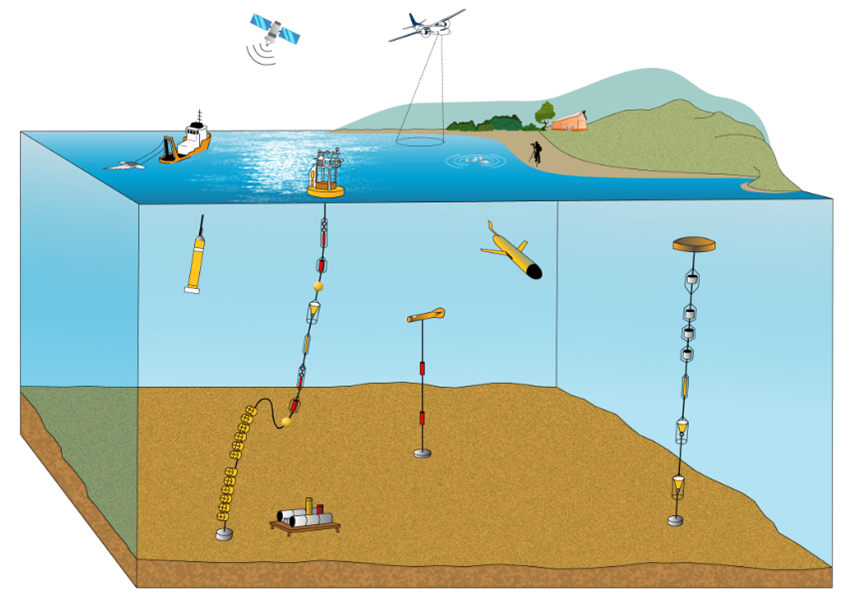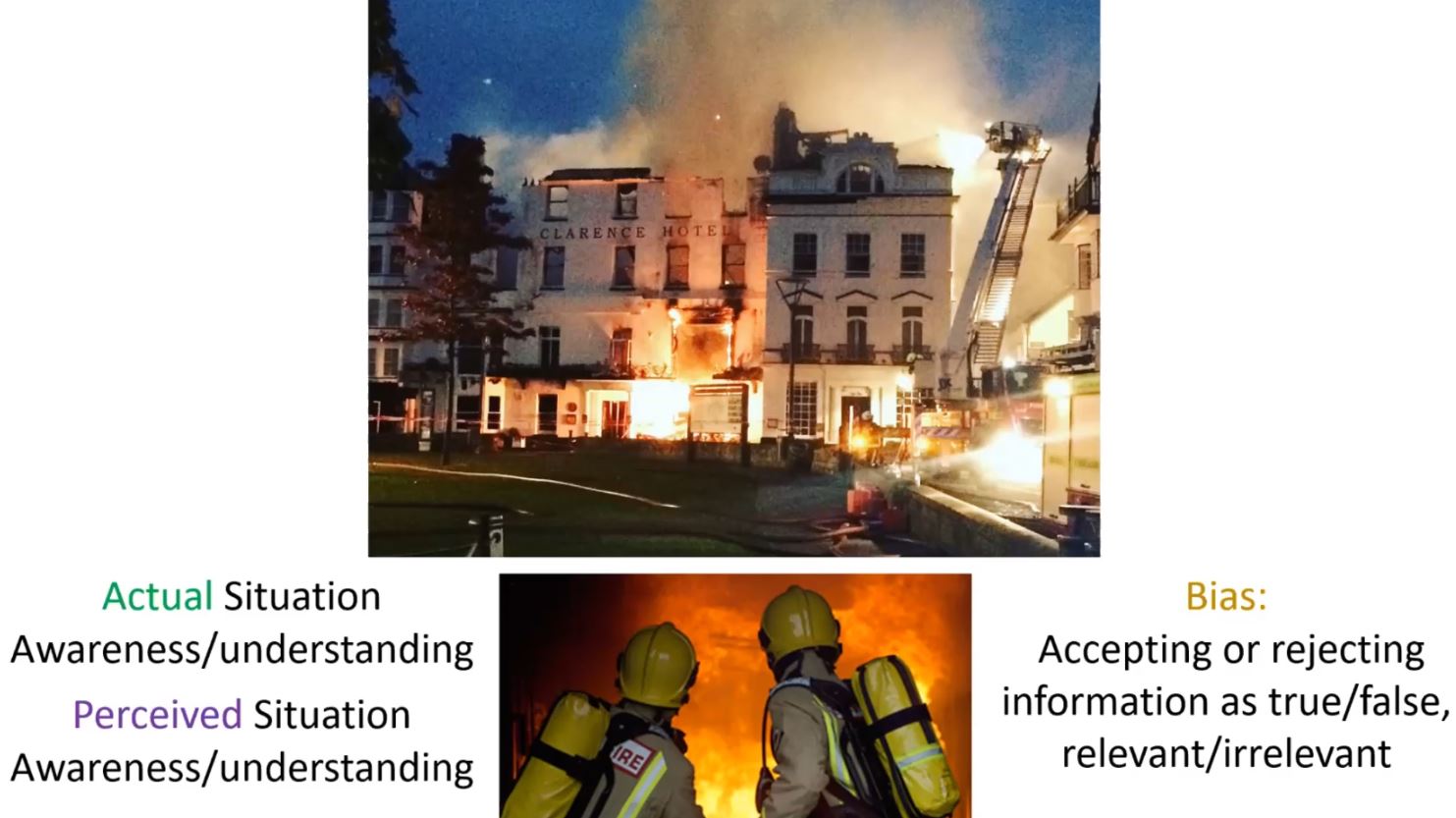Lecture Reports
Below you will find reports from our lectures. Either click the title to view the report online or download a copy by clicking on the file name next to 'Download report'. Use the search box on this page to find a particular report.
A talk delivered to the Cirencester Science & Technology Society by Professor Andy Cundy, on 6th March 2022.
This describes the problem of plastic waste large to microscopic in the oceans, and examines the steps necessary to resolve it.
- Category: Lecture Reports
- Date: Tuesday, 8 Mar 2022
- Professor Andy Cundy
- Southampton University
Professor Michael J. Benton discusses the scientific analysis behind the discovery of the colours of many species of dinosaur, showing what they looked like and how we know.
- Category: Lecture Reports
- Date: Wednesday, 9 Feb 2022
- Professor Michael J. Benton
- Professor of Vertebrate Palaeontology, University of Bristol
Professor Edgar examines some disasters, digs down into the details of the causes, and formulates guidelines to help minimise such risks in future dangerous situations.
- Category: Lecture Reports
- Date: Wednesday, 12 Jan 2022
- Professor Graham Edgar
- University of Gloucestershire
Jim describes his time in Bermuda working to provide drinkinng water to the community, explaining the practical challenges and his solutions.
Full of fascinating details about the hydrogeology of Bermuda and Jim's work to keep this vital element flowing for the residents of Paradise!
- Category: Lecture Reports
- Date: Wednesday, 8 Dec 2021
- Jim Thomson MSc DIC (Imperial), MSc (Birmingham)
- CSTS Member



